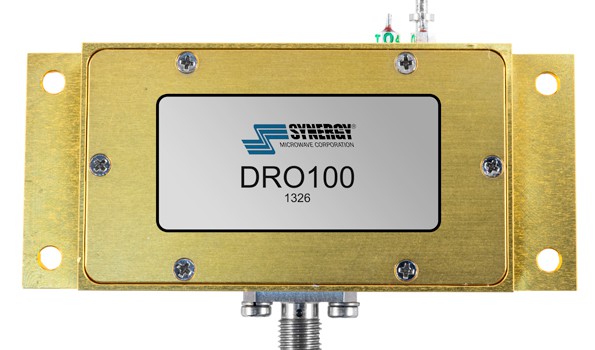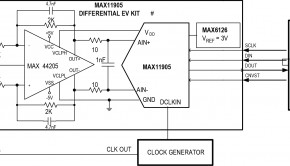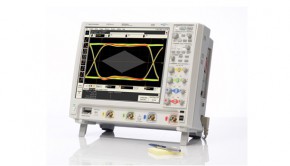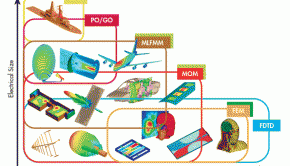Generating Reliable RF/Microwave Signals
Oscillators are key components in RF/microwave systems, signal sources that must remain stable across a wide range of operating conditions. They come in many shapes and sizes, with either fixed or variable frequencies, in many different package types (even as circuit modules), and from a large number of suppliers. As with choosing any high-frequency component for a design, selecting an RF/microwave oscillator comes down to matching the lowest cost possible while achieving the required performance levels for an application. Knowing which performance parameters are the most critical for that application is equally critical.
There is no “ideal” oscillator for high-frequency use, since the many types of oscillators used for RF/microwave applications offer a variety of functions and performance levels. Perhaps the most common type of oscillator is the fixed-frequency reference or clock oscillator, typically used to stabilize the phase of a higher-frequency tunable-frequency oscillator. Clock oscillators come in many configurations, including those with some form of compensation to correct for the frequency-shifting effects of temperature changes.
Examples of these are temperature-compensated crystal oscillators (TCXOs) and oven-controlled crystal oscillators (OCXOs). Such oscillators can almost universally be found in RF/microwave test equipment, such as signal generators and spectrum analyzers—often as 10-MHz reference sources.
Full article by Jack Browne, Technical Contributor, Microwaves & RF
































































































































































